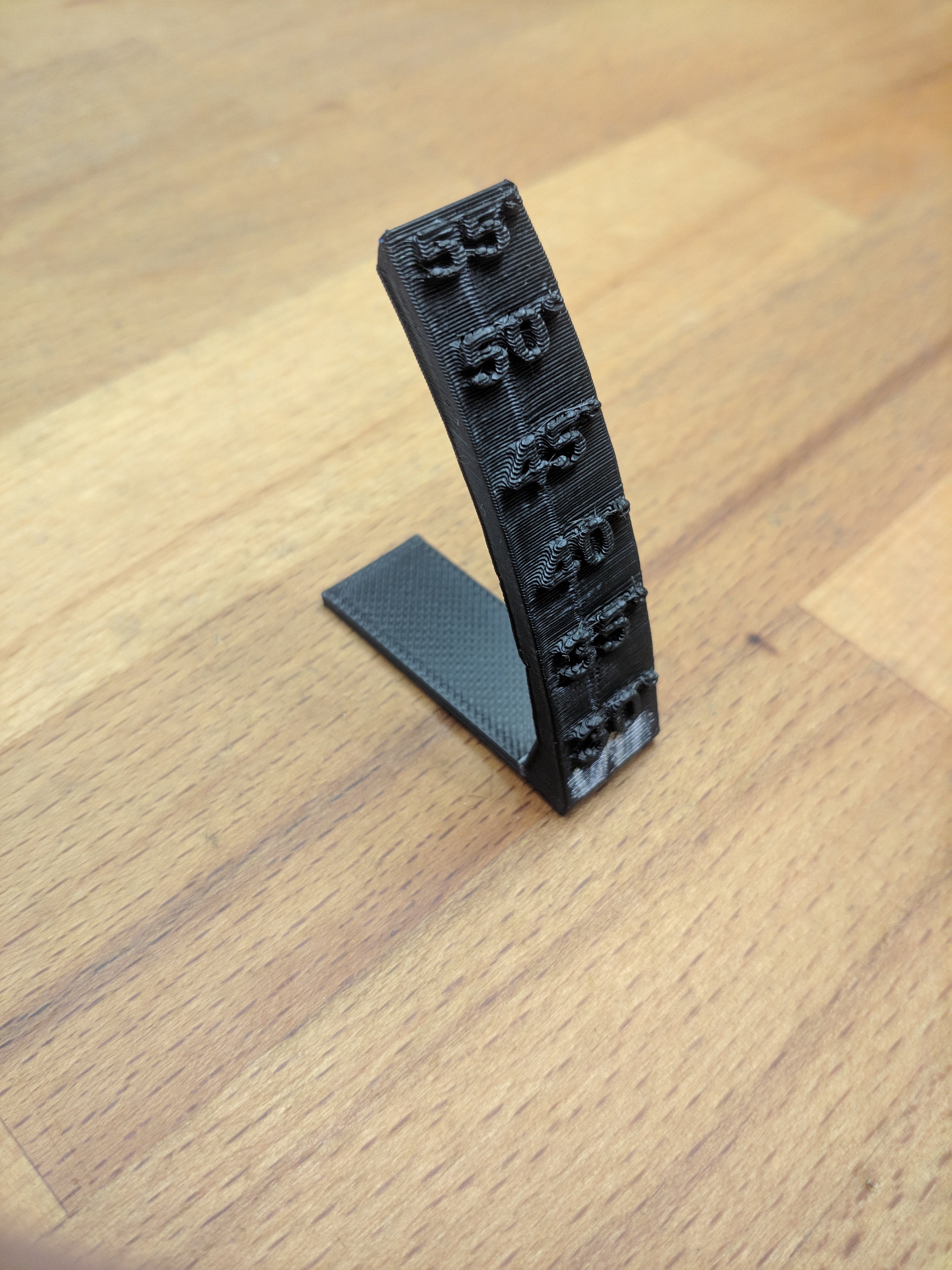Thanks. I'm still learning how Lemmy works 😅
UnH1ng3d
Why is that?
Can you give some examples 😅
I've read the "learn more" bit now and I'm going to leave it switched on. (although I use uBlock anyway 😅)
I think this is a legitimate attempt to 'fix' the internet. It seems only very basic information on interactions with ads is recorded by the browser, and then it is anonymised. As an example, the advertiser should only receive counts of how many people bought a product after seeing a particular ad. I don't think they can see what webpage anyone in particular came from, but maybe they can see that: 11% percentage of visitors came from example.com/some-page
Presumably the anonymised data is only provided once the pool is fairly large and wouldn't show 100% of visitors came from cornhub when you only had one visitor 🤷♂️ Obviously websites will always see an IP address.
The idea is for this to substitute for traditional, more invasive, tracking. I think it may one day achieve that.
A warning though: I only just started reading about this.
Excuse me while I go and click that 'learn more' button...
I've had the same thing. I think orca's retraction test is just too 'easy'. I think the towers are too far apart.
You can't trust what you can't see.
This was it! I had my 10-25% (not degrees 😅) overhang speed set not to slow down at all. I now have it set to 30mm/s and I have a perfect result. Thank you 👍😁
Sorry, I didn't follow that. Top layer of what? Not the actual top, top layer right?
You may actually be right even though I thought I had checked this. Orca's overhang speeds are based on overhang percentage and not angle, I previously just looked at the number and assumed it was degrees 🤦♂️I will match the speeds for all overhang percentage ranges and see if that solves it 🤞



😈😈 Finally an advantage to using rEFInd 😈😈